During tough economic times, families got creative with whatever ingredients they had on hand. These simple sandwiches fed millions of people when money was tight and fancy ingredients were just a dream. Many of these forgotten recipes tell stories of survival, creativity, and making the best of difficult situations.
1. Sugar Sandwich
White bread slathered with butter and sprinkled generously with granulated sugar became a childhood treat during the Great Depression. Families discovered this sweet combination could satisfy hunger pangs when proper desserts were unaffordable luxuries.
Children would eagerly await this simple pleasure after school or as a weekend snack. The butter helped the sugar stick while adding necessary calories and fat to growing bodies.
Today’s parents might cringe at the sugar content, but back then, this sandwich provided quick energy and a moment of sweetness during incredibly challenging times for American families.
2. Lard and Salt Sandwich
Pure lard spread thick on bread with a generous pinch of salt created one of the most basic sustenance sandwiches imaginable. Rural families often had access to lard from butchering their own animals, making this protein-rich option readily available.
The combination provided essential fats and calories needed for manual labor and growing children. Salt enhanced the flavor while replacing electrolytes lost through hard physical work.
Modern health consciousness makes this sandwich seem extreme, but during economic hardship, every calorie counted. Families appreciated having any filling that could transform plain bread into a more substantial meal for their hungry households.
3. Mayonnaise and Onion Sandwich
Thinly sliced onions layered between bread with a generous coating of mayonnaise offered both flavor and nutrition when meat was scarce. The sharp bite of raw onion paired surprisingly well with creamy mayonnaise, creating a satisfying combination.
Onions were cheap, stored well through winter months, and provided vitamin C to prevent scurvy. Many families grew their own onions in backyard gardens, making this sandwich practically free to prepare.
The mayonnaise added richness and helped mellow the onion’s intensity. Some families would add a sprinkle of salt and pepper, transforming this humble combination into something genuinely tasty and filling.
4. Ketchup Sandwich
Thick layers of ketchup between two slices of bread became a tomato substitute when fresh vegetables were unavailable or too expensive. Children especially enjoyed this sweet and tangy combination that reminded them of more elaborate meals.
Ketchup provided some nutritional value from tomatoes while adding moisture to otherwise dry bread. The sugar content gave kids quick energy, and the familiar flavor made mealtimes more enjoyable during difficult periods.
Some families would toast the bread first, creating a warm sandwich that felt more like a proper meal. Others added a thin layer of butter to increase calories and improve the overall taste experience.
5. Mustard and Pickle Sandwich
Yellow mustard combined with sliced pickles created a tangy, flavorful sandwich that cost almost nothing to prepare. The strong flavors helped mask the plainness of day-old bread while providing some vegetables and spices.
Pickles were often homemade from garden cucumbers, preserving the summer harvest for winter consumption. The vinegar in both mustard and pickles added brightness to an otherwise simple meal.
This combination packed enough punch to satisfy taste buds craving something more exciting than plain bread. The pickles added crunch and texture, while mustard provided warmth and spice that made the sandwich feel more substantial and satisfying.
6. Bacon Grease and Crackers Sandwich
Solidified bacon grease spread on bread with crushed saltine crackers created texture and flavor reminiscent of actual bacon. Families saved every drop of grease from the occasional bacon treat, using it to enhance future meals.
The crackers provided crunch while absorbing the rich bacon flavor from the grease. This combination delivered satisfying saltiness and the illusion of eating meat without the expense.
Some families would sprinkle additional salt or pepper on top, creating layers of flavor that transformed simple ingredients into something more complex. The bacon grease provided essential fats while the crackers added bulk and substance.
7. Potato Sandwich
Cold leftover potatoes, either mashed or sliced, became sandwich filling when protein was unavailable. Potatoes were cheap, filling, and provided essential carbohydrates needed for energy during physically demanding work.
Many families would add salt, pepper, or whatever seasonings they had available to enhance the flavor. Some would include a thin layer of butter or margarine to improve texture and taste.
The starch content made these sandwiches surprisingly satisfying and helped stretch limited food budgets. Potatoes stored well in root cellars, ensuring families had access to this reliable filling throughout long winter months when fresh foods were scarce.
8. Syrup and Butter Sandwich
Corn syrup or molasses mixed with butter created a sweet, sticky sandwich that provided quick energy and calories. The combination offered both simple sugars for immediate energy and fats for longer-lasting satiation.
Families often had access to these pantry staples even when fresh ingredients were unavailable. The sweetness made this sandwich feel like a special treat rather than just another meal born from necessity.
Some would add a pinch of salt to enhance the flavors, while others preferred the pure sweetness. The sticky texture meant eating required careful attention, but the rich flavor made the effort worthwhile for families craving something indulgent.
9. Lettuce and Salt Sandwich
Fresh lettuce leaves with a generous sprinkling of salt provided vitamins and minerals when other vegetables were unaffordable. The crisp texture and mild flavor made this combination refreshing, especially during hot summer months.
Salt enhanced the natural flavors of lettuce while replacing electrolytes lost through perspiration during farm work. Many families grew their own lettuce, making this sandwich essentially free to prepare.
Some would add a thin layer of butter or mayonnaise to improve taste and increase calories. The sandwich provided essential nutrients while offering a satisfying crunch that made mealtimes more enjoyable during economically challenging periods.
10. Peanut Butter and Pickle Sandwich
Creamy peanut butter paired with sliced dill pickles created an unexpectedly delicious combination of protein, fat, and tangy vegetables. The contrast between sweet, salty, and sour flavors made this sandwich surprisingly satisfying.
Peanut butter provided essential proteins and calories, while pickles added vitamins and minerals. The combination was filling enough to sustain workers through long, physically demanding days.
Many people discovered this combination by accident but found the flavors complemented each other perfectly. The protein from peanuts helped build strength, while the pickles provided the vegetable component missing from many Depression-era meals.
11. Milk Toast Sandwich
Bread soaked in warm milk with a sprinkle of sugar and cinnamon became a comfort food sandwich that provided calcium and carbohydrates. The milk softened stale bread, making it easier to chew and digest.
This combination was particularly popular for children and elderly family members who had difficulty eating harder foods. The warm milk provided comfort during cold winter months.
Some families would toast the bread first, then add the warm milk mixture, creating different textures and flavors. The sugar and cinnamon made this simple combination feel like a special treat rather than just another economical meal option.
12. Tomato and Salt Sandwich
Thick slices of ripe tomatoes with coarse salt created a simple but flavorful sandwich that celebrated summer’s harvest. The salt drew out the tomato’s natural juices, creating a savory combination that satisfied hunger.
Many families grew their own tomatoes, making this sandwich practically free during growing season. The vitamins and minerals from fresh tomatoes provided essential nutrition often missing from Depression-era diets.
Some would add a thin layer of mayonnaise or butter to enhance the flavors and increase calories. The juicy tomatoes soaked into the bread, creating a satisfying texture that made this humble sandwich feel more substantial and filling.
13. Fried Egg and Ketchup Sandwich
A single fried egg topped with ketchup between two slices of bread provided protein and flavor when meat was too expensive. Eggs were often available from backyard chickens, making this sandwich accessible to many families.
The runny yolk mixed with ketchup created a sauce that soaked into the bread, adding moisture and richness. This combination provided essential proteins needed for growth and energy.
Some families would fry the egg in bacon grease when available, adding extra flavor and calories. The sandwich felt substantial and satisfying, providing the protein component that many Depression-era meals lacked while remaining affordable for struggling families.
14. Bread and Drippings Sandwich
Meat drippings saved from roasts or fried foods became sandwich spread when actual meat was unavailable. The concentrated flavors provided the taste of meat without the expense, satisfying cravings for something more substantial.
Families carefully saved every drop of fat and juices from cooking, storing them in jars for future use. The drippings contained both flavor and essential fats needed for proper nutrition.
Some would add salt, pepper, or herbs to enhance the flavors further. The rich, meaty taste made plain bread feel like a proper meal, providing psychological satisfaction along with necessary calories and nutrients during challenging economic times.
15. Cottage Cheese and Jelly Sandwich
Cottage cheese mixed with homemade jelly created a protein-rich sandwich that provided both nutrition and sweetness. The combination offered calcium, protein, and fruit flavors when fresh fruit was too expensive or unavailable.
Many families made their own cottage cheese from sour milk, preventing waste while creating nutritious food. The jelly was often made from garden fruits or wild berries gathered during summer months.
The creamy texture combined with sweet fruit flavors made this sandwich feel indulgent despite being made from simple ingredients. The protein content helped sustain energy levels throughout long working days while providing essential nutrients for growing children.




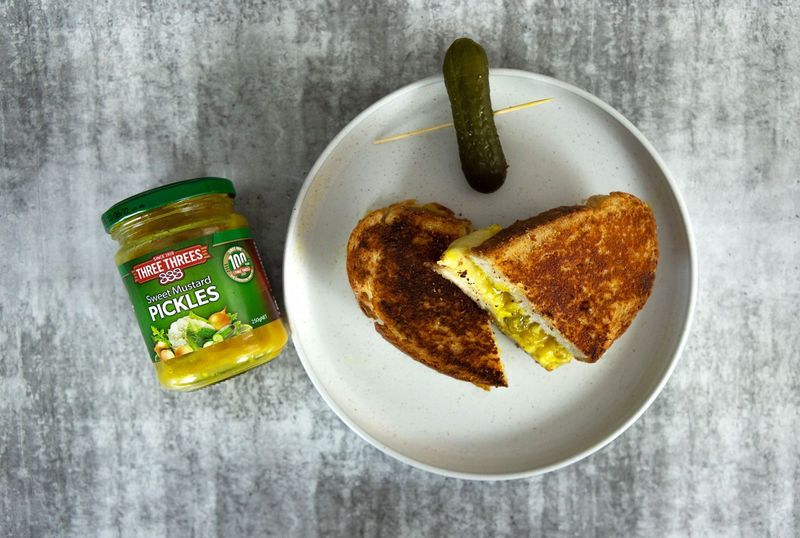



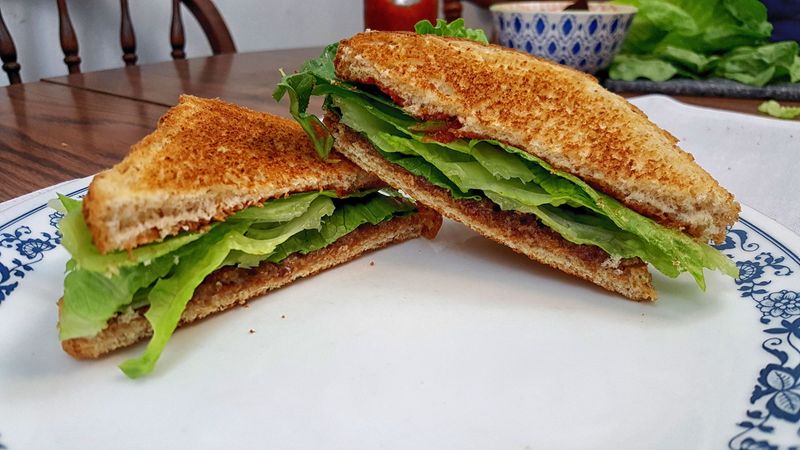
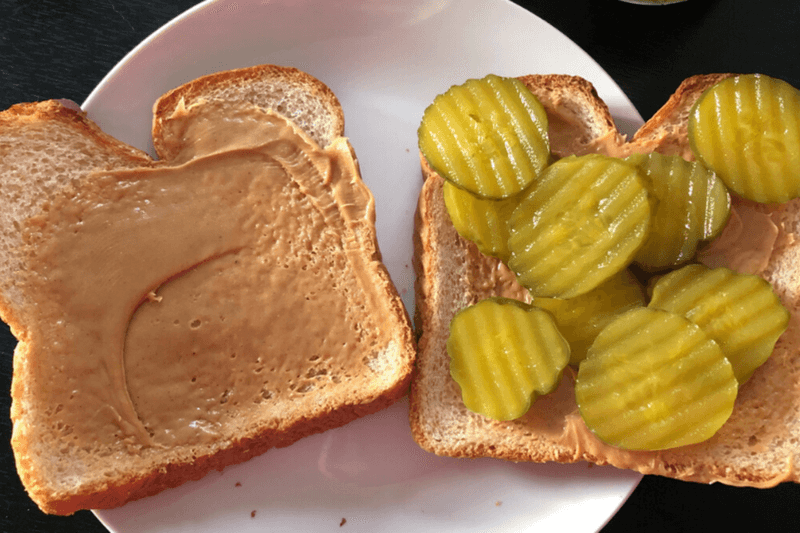

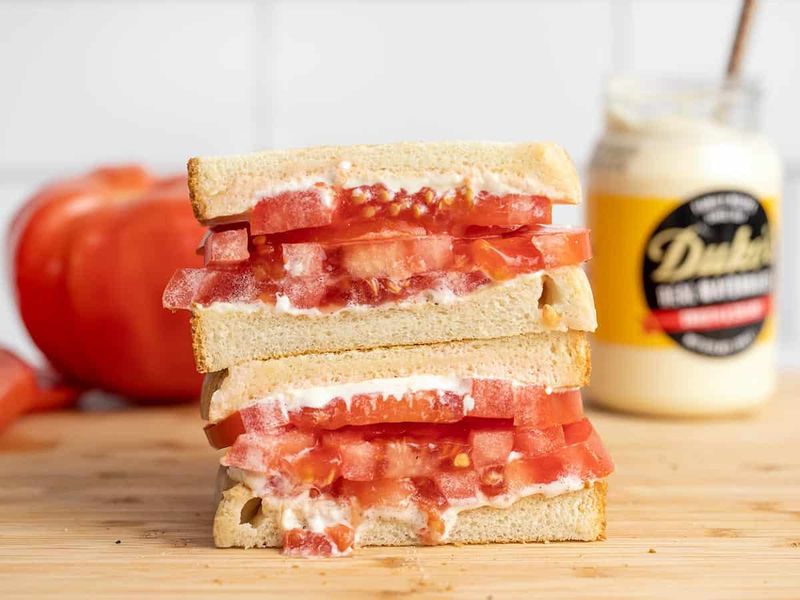

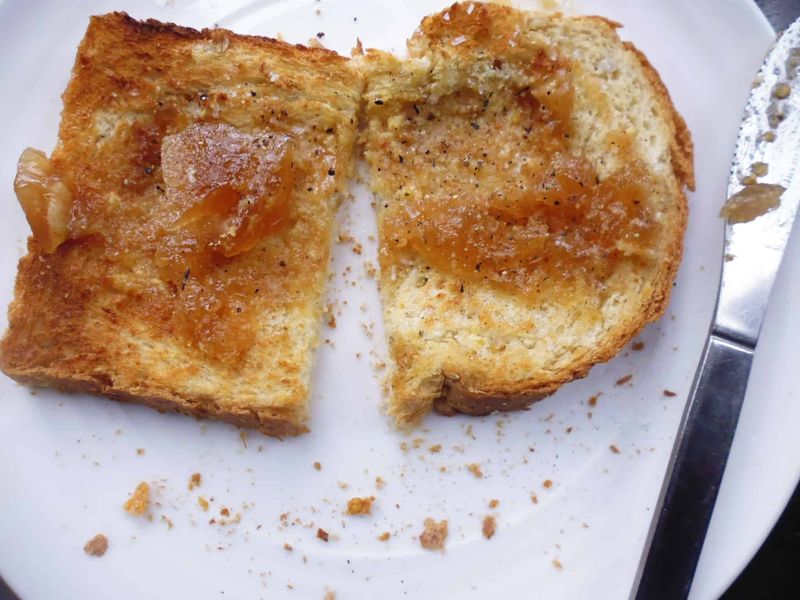

Leave a comment